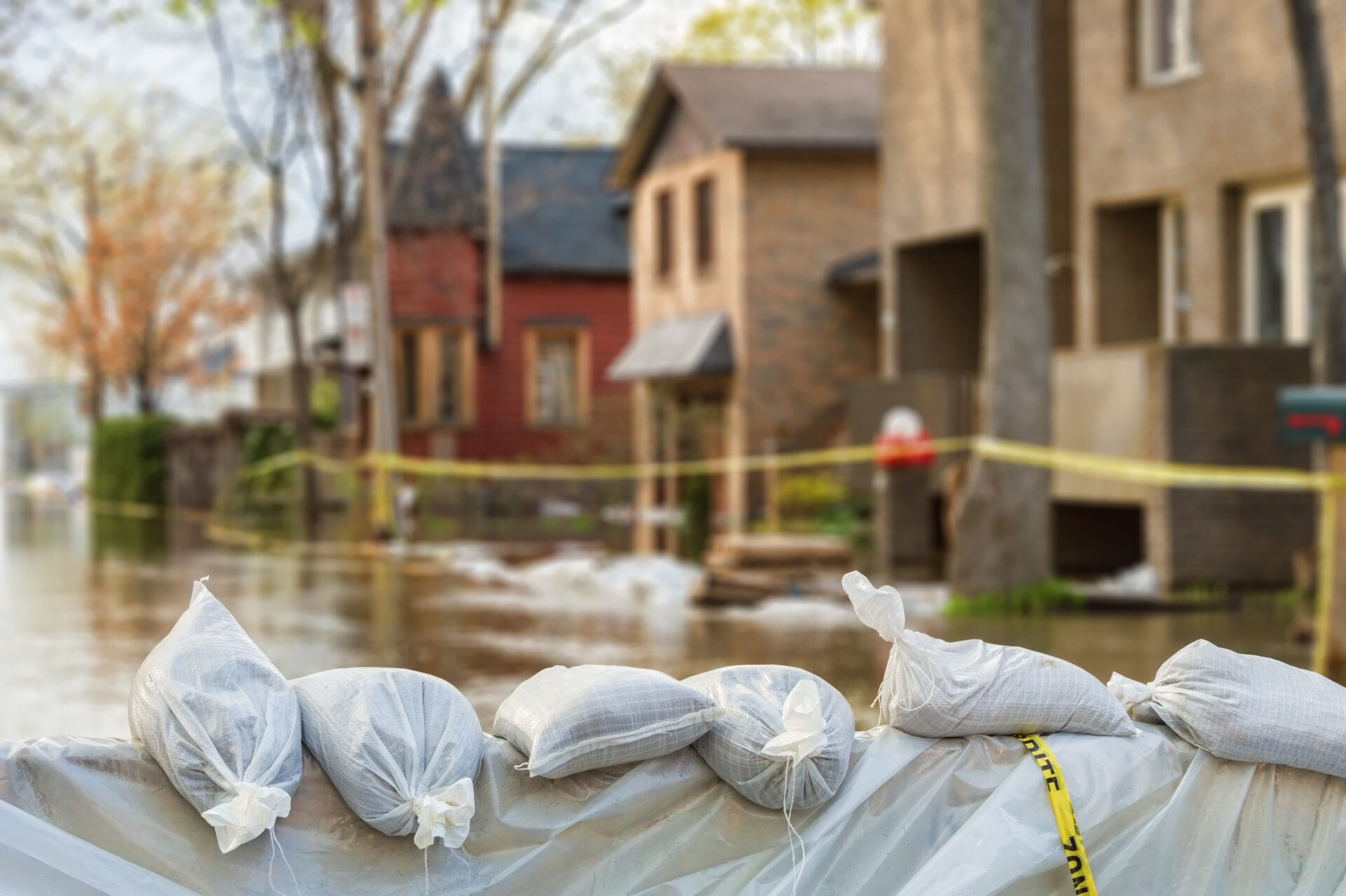
Losses due to climate extremes are accelerating, which makes the role of insurance more important than ever in protecting mortgage portfolios. As a result, there is a growing focus nowadays on innovation for Property and Casualty (P&C) insurance and the collaborative efforts of banks, insurers, regulators, and homeowners to create a strategy to de-risk the country from climate change.
In this webinar, we explored the state of flood insurance with our speakers Craig Stewart, Vice President at the Insurance Bureau of Canada (IBC), and Mathieu Boudreault, Professor at Université du Québec à Montréal (UQAM). The session was moderated by Alyson Slater, Senior Director of Sustainable Finance at GRI.
The state of flood insurance today – Canada lags behind other G7 countries with around 800,000 high-risk residences unprotected by overland flooding insurance. In response, the P&C insurance industry has been working closely with federal, provincial, and territorial governments to design a high-risk flood insurance pool that is bespoke for the Canadian market and to protect Canadians in an affordable way.
Innovations in insurance – Insurers are innovating in climate risk and flood insurance. Rewards are given to policyholders for taking measures to protect themselves from flooding, and their efforts are factored into the premium-pricing structure. In addition, Canada faces opportunities to leapfrog and learn from the U.S. community rating system in designing a high-risk flood insurance pool.
Dilemmas in areas prone to extreme flooding – The Task Force on Flood Insurance is looking to develop a national relocation program for those residences with the highest level of risk. However, other tools and mechanisms such as elevating homes, mitigating floods, or investing in flood defenses are also available when moving people from the high-risk flooding area is not applicable.
The state of climate risk models for the insurance sector –Canada relies heavily on global vendors for climate modeling, which tends to be backward-looking and does not incorporate climate considerations specific to Canadian geography. As a result, academics, government, and industry aim to develop a unified and bespoke model for flooding risks.
The skills gap in this space – Developing more expertise in this space is challenging as it needs joint effort from both climate science driven by physical modeling through a forward-looking lens and actuarial science driven by statistic modeling on historical data. As a result, we should look to increase the use of home-grown expertise.
Actions to take – The Office of the Superintendent of Financial Institutions (OSFI) is undertaking a study of the big six banks’ concentration of risk of flooding risk across the country. However, more projects and collaborative efforts are needed to evaluate the risk exposure and close the flood protection gap. In addition, the Canadian Council of Insurance Regulators (CCIR) is taking measures to educate homeowners about the actual risks they face, insurance product options, and how they can protect themselves.
Speakers

Mathieu Boudreault
Professor at Université du Québec à Montréal (UQAM)

Craig Stewart
Vice President at the Insurance Bureau of Canada (IBC)

